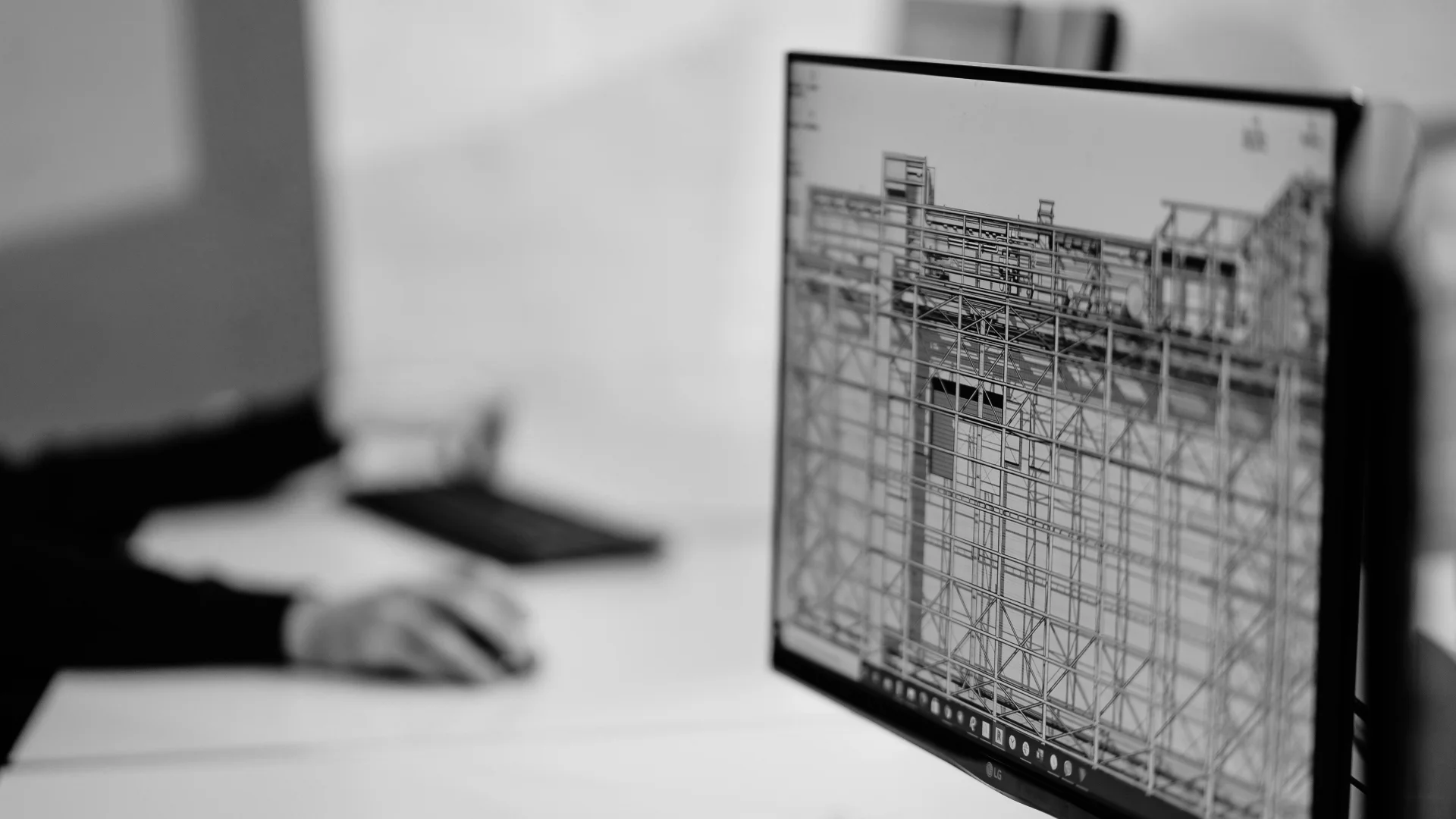
Architecture drafting is a fundamental aspect of the design process, where ideas are transformed into precise drawings that serve as the blueprint for construction. Let’s delve into what architecture drafting entails, its significance, and its historical evolution.
What is Architecture Drafting?
Definition and Importance: Architecture drafting involves creating detailed technical drawings that communicate design ideas to clients, builders, and other stakeholders.
Brief History of Architecture Drafting: From ancient civilizations to modern times, drafting has been integral to the development and execution of architectural projects.
Role of Architecture Drafting in the Design Process: Drafting forms the foundation for translating creative concepts into tangible structures, guiding the construction process with accuracy and clarity.
Tools and Materials for Architecture Drafting
To excel in architecture drafting, one must have the right tools and materials at their disposal for precision and efficiency.
Essential Drawing Tools
Drafting Board and T-Square: Fundamental tools for creating straight lines and accurate measurements.
Scale Ruler and Compass: Essential for scaling drawings and creating precise angles.
Pencils and Erasers: Basic yet crucial tools for sketching and making corrections.
Recommended Materials for Architecture Drafting
Tracing Paper and Graph Paper: Facilitate the overlaying of drawings and ensure accurate proportions.
Architectural Scales and Templates: Aid in maintaining consistent scales and dimensions.
Ink Pens and Markers: Provide versatility in line weights and styles.
Digital Tools
In the digital age, architects have access to advanced software and programs that streamline the drafting process.
CAD Software: Enables precise drafting, editing, and collaboration on digital platforms.
3D Modeling Programs: Bring designs to life in three dimensions, enhancing visualization.
Renderers and Visualization Tools: Create realistic renderings and presentations for effective communication.
Techniques
Mastering architecture drafting involves honing various drawing techniques to accurately convey design ideas.
Basic Drawing Techniques
Line Weight and Types: Understanding line weights and styles for emphasis and clarity.
Orthographic Projection: Representing objects in a two-dimensional format with different views.
Elevations and Sections: Depicting vertical and horizontal dimensions for comprehensive visualization.
Advanced Drawing Techniques
Rendering and Shading: Adding depth and realism to drawings through shading techniques.
Perspective Drawing: Creating the illusion of depth and distance for dynamic designs.
Digital Drafting Tips: Leveraging digital tools for enhanced precision and efficiency.
Drafting Standards and Conventions
Architectural Symbols and Abbreviations: Using standardized symbols for clear communication in drawings.
Title Blocks and Scale Depiction: Including essential information and scale references for clarity.
Layering and Organization: Structuring drawings effectively to streamline the drafting process.
Challenges and Solutions
While architecture drafting presents its challenges, there are strategies to overcome obstacles and enhance creativity in the process.
Common Mistakes
Scale Errors and Misalignments: Ensuring accuracy in scaling and dimensions.
Lack of Detail and Precision: Focusing on intricate details for comprehensive drawings.
Inconsistencies in Drawing Styles: Maintaining uniformity in line weights and aesthetics.
Overcoming Technical Challenges
Troubleshooting CAD Software Issues: Addressing software glitches and technical issues efficiently.
Managing Complex Geometry and Proportions: Strategizing to tackle intricate designs and geometric challenges.
Handling Large Scale Projects: Streamlining processes and communication in extensive architectural projects.
Enhancing Creativity
Incorporating Artistic Elements: Infusing creativity and artistry into architectural drawings.
Experimenting with Different Styles: Exploring diverse drafting techniques to expand design horizons.
Collaborating with Other Design Professionals: Engaging in collaborative efforts to merge ideas and foster innovative solutions.
Conclusion
Mastering architecture drafting requires a blend of traditional techniques and digital innovations to create precise, detailed drawings that serve as the foundation for architectural projects.
Key Takeaways
Importance of Precision and Detail: Emphasizing accuracy and attention to detail in drafting practices.
Evolution of Drafting Techniques: Adapting to technological advancements to enhance efficiency and creativity.
Integration of Traditional and Digital Methods: Harnessing the benefits of both traditional and digital tools for optimal results.
Remember, architecture drafting is not just about technical skill; it’s an art form that requires precision, creativity, and a deep understanding of design principles. Whether you’re a beginner embarking on your drafting journey or a seasoned professional looking to refine your skills, mastering architecture drafting is a rewarding endeavor that opens doors to endless possibilities in the realm of architectural design. Happy drafting!





